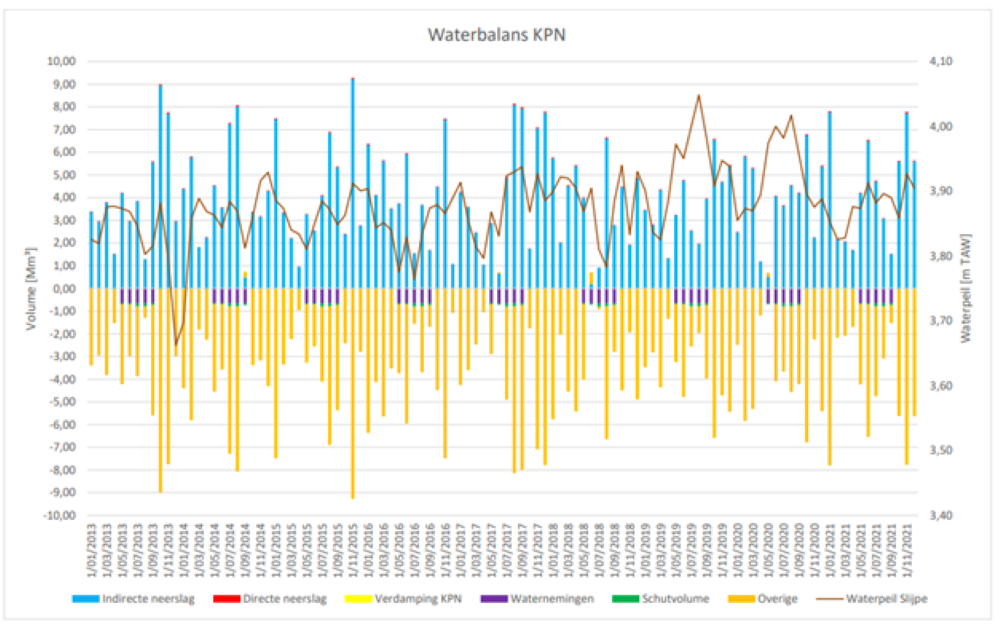
Conceptual hydrological models, are precipitation-runoff models built based on observed or assumed empirical relationships among different hydrological variables such as precipitation, evaporation, groundwater flow, etc.. They have been increasingly applied to study climate change effects on management and land-use changes due to their flexibility and capability to represent processes with minimal data availability.
The effects of climate change on water bodies are already visible in water-scarce countries like Belgium where water scarcity is one of the challenges on the agenda of decision-makers. In west Belgium, more frequent and more intense dry periods have already impacted water quality and quantity. A case study for the Plassendale-Nieuwpoort canal, a medium size waterway, was selected to define a conceptual hydrological model. The aim is to represent the complexities of this system and to create an instrument for assessing the consequences of drier summers on water availability. On the one hand, this kind of model allows the representation of human-regulated water bodies, such as KPN. On the other hand, it contributes to evaluating its multiple roles.
Bruneel J. (2022), “Aanpassen aan klimaatverandering via het waterbeheer, case study over de Waterbalans van kanaal Plassendale-Nieuwpoort”, Thesis -MSc in Industriële Waterschappen: Bouwkunde (Industrial sciences: construction)
